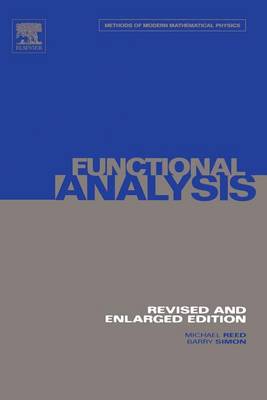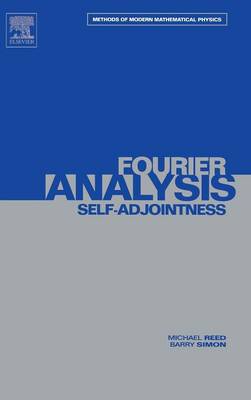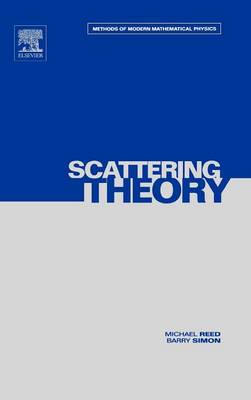Methods of Modern Mathematical Physics
4 primary works
Book 1
This book is the first of a multivolume series devoted to an exposition of functional analysis methods in modern mathematical physics. It describes the fundamental principles of functional analysis and is essentially self-contained, although there are occasional references to later volumes. We have included a few applications when we thought that they would provide motivation for the reader. Later volumes describe various advanced topics in functional analysis and give numerous applications in classical physics, modern physics, and partial differential equations.
Book 2
This volume will serve several purposes: to provide an introduction for graduate students not previously acquainted with the material, to serve as a reference for mathematical physicists already working in the field, and to provide an introduction to various advanced topics which are difficult to understand in the literature. Not all the techniques and application are treated in the same depth. In general, we give a very thorough discussion of the mathematical techniques and applications in quatum mechanics, but provide only an introduction to the problems arising in quantum field theory, classical mechanics, and partial differential equations. Finally, some of the material developed in this volume will not find applications until Volume III. For all these reasons, this volume contains a great variety of subject matter. To help the reader select which material is important for him, we have provided a "Reader's Guide" at the end of each chapter.
Book 3
Scattering theory is the study of an interacting system on a scale of time and/or distance which is large compared to the scale of the interaction itself. As such, it is the most effective means, sometimes the only means, to study microscopic nature. To understand the importance of scattering theory, consider the variety of ways in which it arises. First, there are various phenomena in nature (like the blue of the sky) which are the result of scattering. In order to understand the phenomenon (and to identify it as the result of scattering) one must understand the underlying dynamics and its scattering theory. Second, one often wants to use the scattering of waves or particles whose dynamics on knows to determine the structure and position of small or inaccessible objects. For example, in x-ray crystallography (which led to the discovery of DNA), tomography, and the detection of underwater objects by sonar, the underlying dynamics is well understood. What one would like to construct are correspondences that link, via the dynamics, the position, shape, and internal structure of the object to the scattering data. Ideally, the correspondence should be an explicit formula which allows one to reconstruct, at least approximately, the object from the scattering data. The main test of any proposed particle dynamics is whether one can construct for the dynamics a scattering theory that predicts the observed experimental data. Scattering theory was not always so central the physics. Even thought the Coulomb cross section could have been computed by Newton, had he bothered to ask the right question, its calculation is generally attributed to Rutherford more than two hundred years later. Of course, Rutherford's calculation was in connection with the first experiment in nuclear physics.
Book 4
BESTSELLER of the XXth Century in Mathematical Physics voted on by participants of the XIIIth International Congress on Mathematical Physics
This revision will make this book mroe attractive as a textbook in functional analysis. Further refinement of coverage of physical topics will also reinforce its well-established use as a course book in mathemtical physics.
This revision will make this book mroe attractive as a textbook in functional analysis. Further refinement of coverage of physical topics will also reinforce its well-established use as a course book in mathemtical physics.



